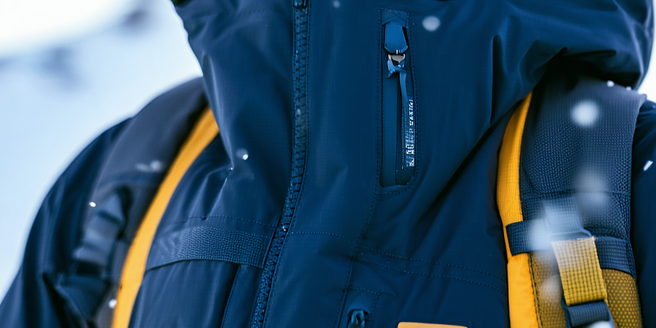
The Basics of Gear Rating Systems
Gear rating systems provide essential information about the performance of outdoor clothing and equipment. Understanding these ratings can significantly enhance your cold weather experience. Ratings often consider factors like temperature, moisture protection, and insulation efficiency. However, standards may vary across brands, making it challenging to compare products directly. A key element in these systems is the temperature rating, designed to inform users of the conditions a piece of gear is suited for. Other considerations include breathability and water resistance. Being familiar with these ratings helps consumers make informed decisions, ensuring safety and comfort. Always cross-reference ratings with your specific needs, keeping in mind variables such as personal sensitivity to cold, activity level, and the predictability of weather changes.
Decoding Temperature Ratings on Gear Labels
Temperature ratings are a crucial aspect of cold weather gear, indicating the lowest temperature at which equipment can keep you warm. Winter gear labels typically feature a comfort rating, the ideal range of conditions for use, and a lower limit rating for survival conditions. It’s important to note that these ratings are often based on average users and assume the use of appropriate layering. Some manufacturers adopt EN or ISO standards to ensure consistency across brands. Reading these labels accurately can help prevent uncomfortable or dangerous situations due to hypothermia or overheating. When selecting gear, consider how your personal tolerance aligns with stated ratings. Adding or reducing layers based on your own comfort can optimize your experience, adapting to varied and unpredictable cold conditions.
Insulation Types and Their Impact on Warmth
The choice of insulation significantly affects the warmth of cold weather gear. Down insulation, known for its high warmth-to-weight ratio, is ideal for dry conditions but loses efficiency when wet unless treated for water resistance. Synthetic insulation, crafted from polyester fibers, offers reliable warmth even when damp and dries much faster than down. It’s often favored for activities where moisture is a concern. Each insulation type interacts differently with body heat and moisture. Down generally compresses more easily, making it better for packable gear. However, synthetics can be more affordable and easier to maintain. Evaluating the conditions in which you’ll be wearing your gear, along with understanding the advantages of each material, allows for more strategic purchasing and a better match for your outdoor needs.
Water Resistance vs. Waterproof: What You Need to Know
Understanding the distinction between water resistance and waterproofness in gear is vital to staying dry. Water-resistant fabrics can repel water to a certain extent, making them suitable for light rain or snowfall, but they will eventually soak through in heavy or sustained moisture conditions. Waterproof items, however, are designed to prevent water penetration even during prolonged exposure to rain or wet conditions. These typically feature sealed seams and coatings like Gore-Tex to ensure maximum protection. The choice between water-resistant and waterproof gear should be based on anticipated weather conditions and the duration of exposure. While waterproof gear offers superior protection, it often sacrifices breathability, so choose wisely based on activity level and environmental needs.
Breathability and Moisture Management in Cold Weather Gear
Breathability in cold weather gear is crucial to manage moisture from sweat, preventing discomfort and cooling associated with damp clothing. Technologies such as micro-porous membranes offer breathability, allowing sweat vapor to escape while keeping external moisture at bay. Proper moisture management entails choosing gear that maintains fabric dryness to preserve warmth. Combining breathable fabrics with strategic layering can enhance airflow and moisture wicking. As activity levels increase, so does the need for higher breathability to avoid overheating. Balance is key: opt for gear that doesn’t compromise on insulation while effectively managing perspiration. Keeping comfort and performance in mind, carefully assess gear features to maintain an ideal microclimate within your clothing system during cold weather activities.
Choosing the Right Gear for Different Cold Environments
Selecting the appropriate gear for a range of cold environments ensures both safety and comfort. Assessing the specific demands of each setting is essential; for instance, high-altitude expeditions require specialized equipment compared to simple winter hikes. Consideration must be given to temperature extremes, precipitation, wind exposure, and the duration of activities. Gear should be tailored to accommodate these variables, focusing on weight and packability for longer treks. Understanding the terrain and climate allows for optimizing gear choices, such as prioritizing windproof materials in open areas or thermal efficiency during low-activity ventures. By aligning gear specifications with environmental conditions, outdoor enthusiasts can better safeguard against weather risks, ensuring preparedness and enhancing their enjoyment of cold weather adventures.
